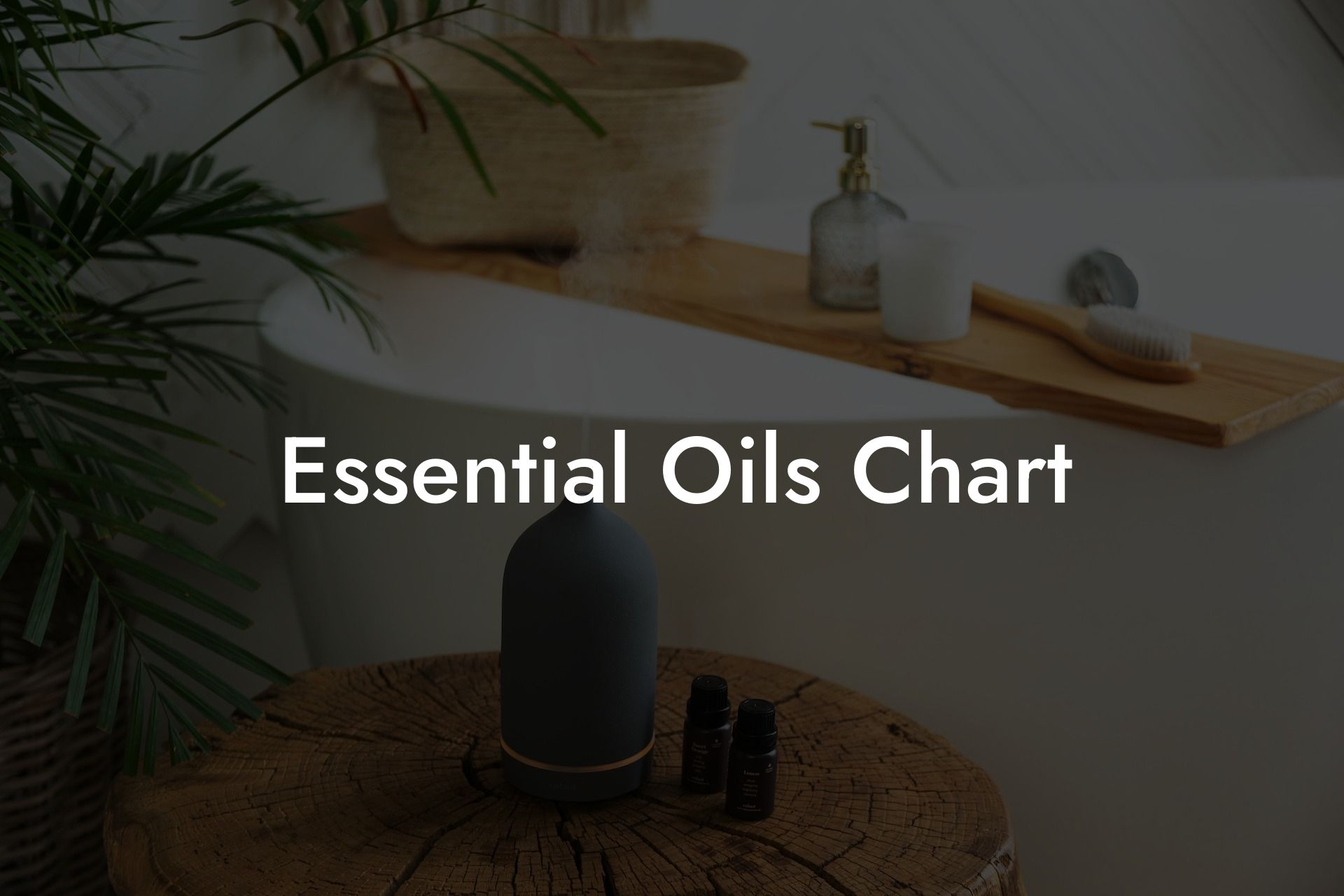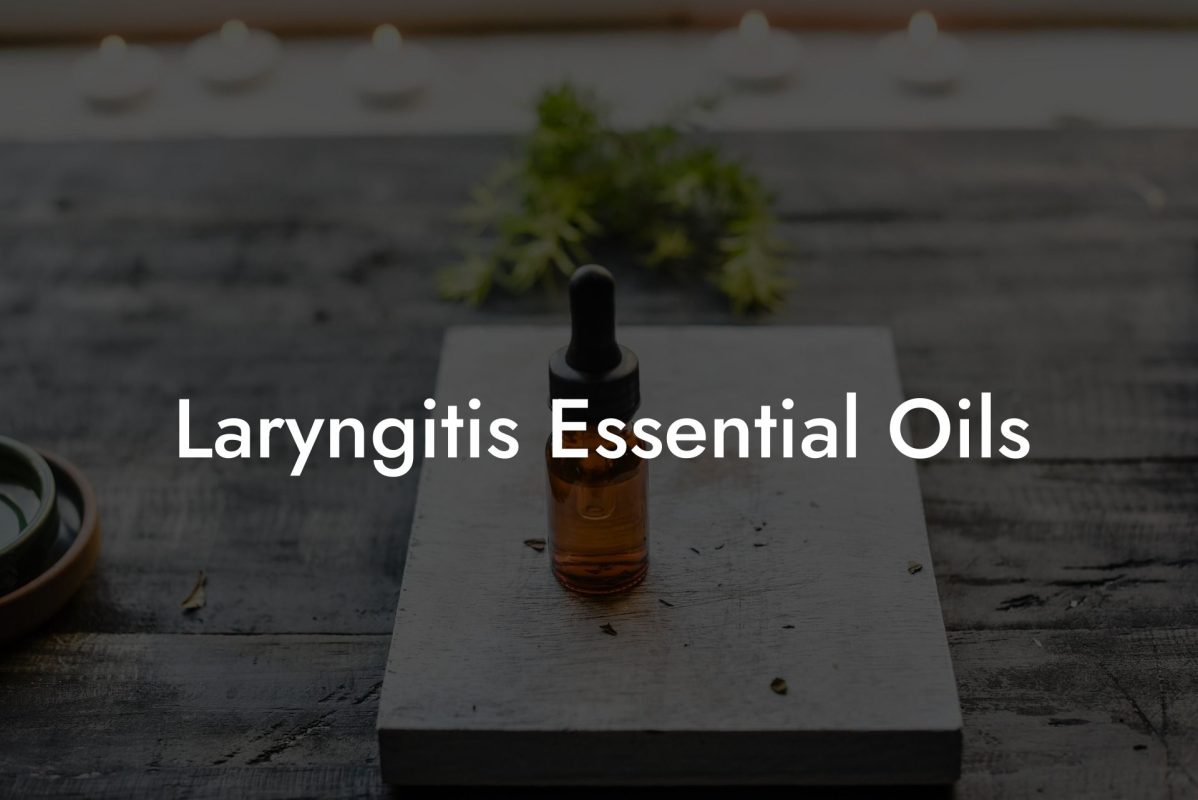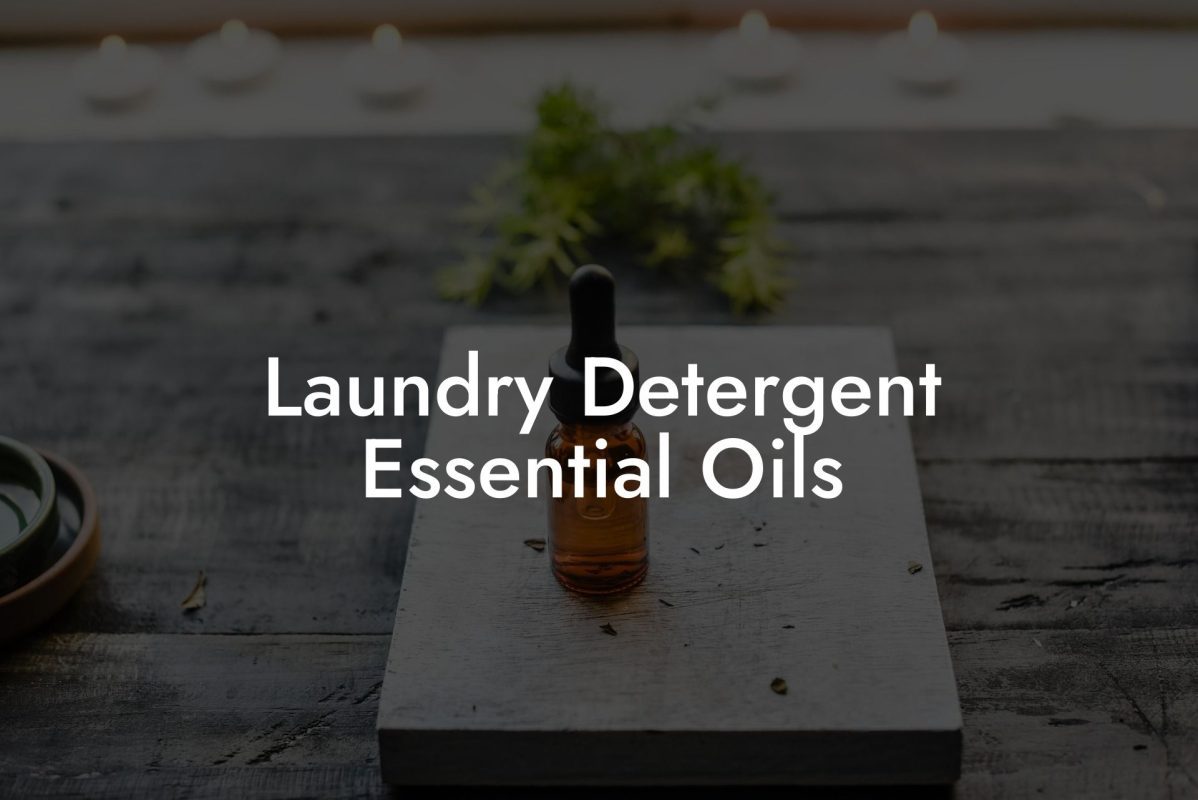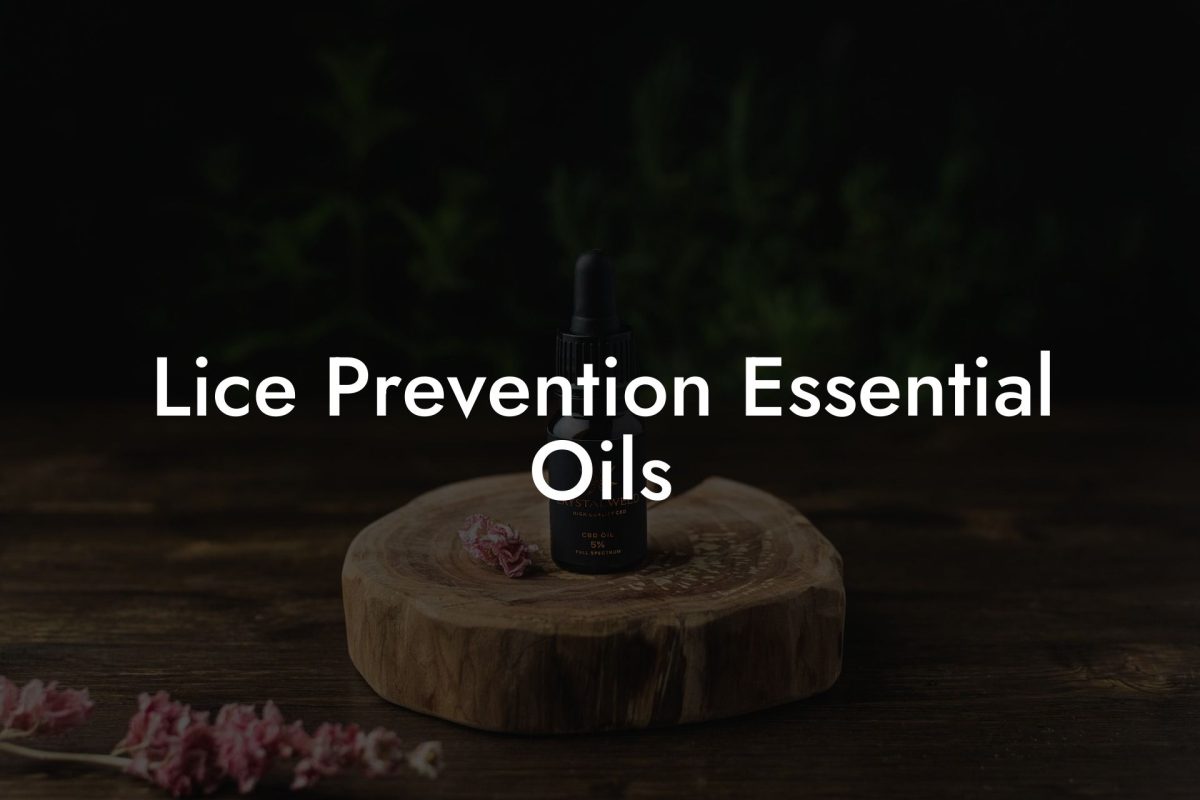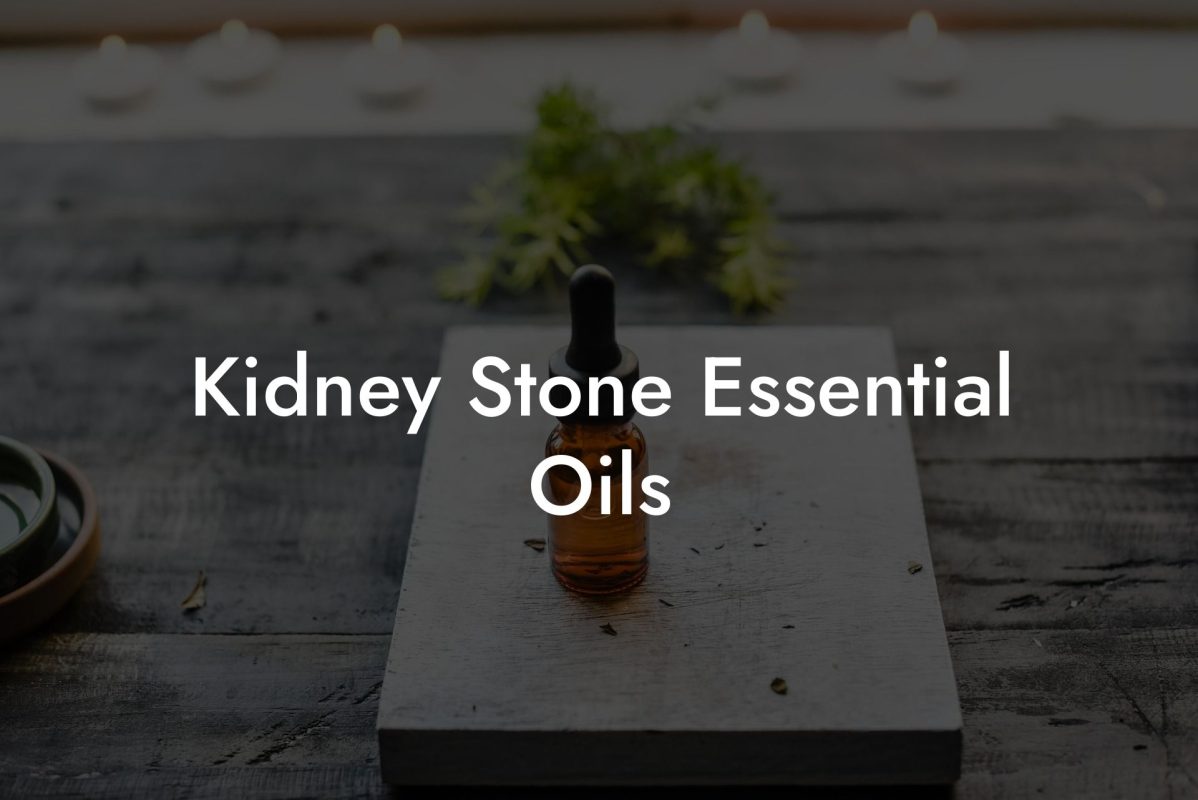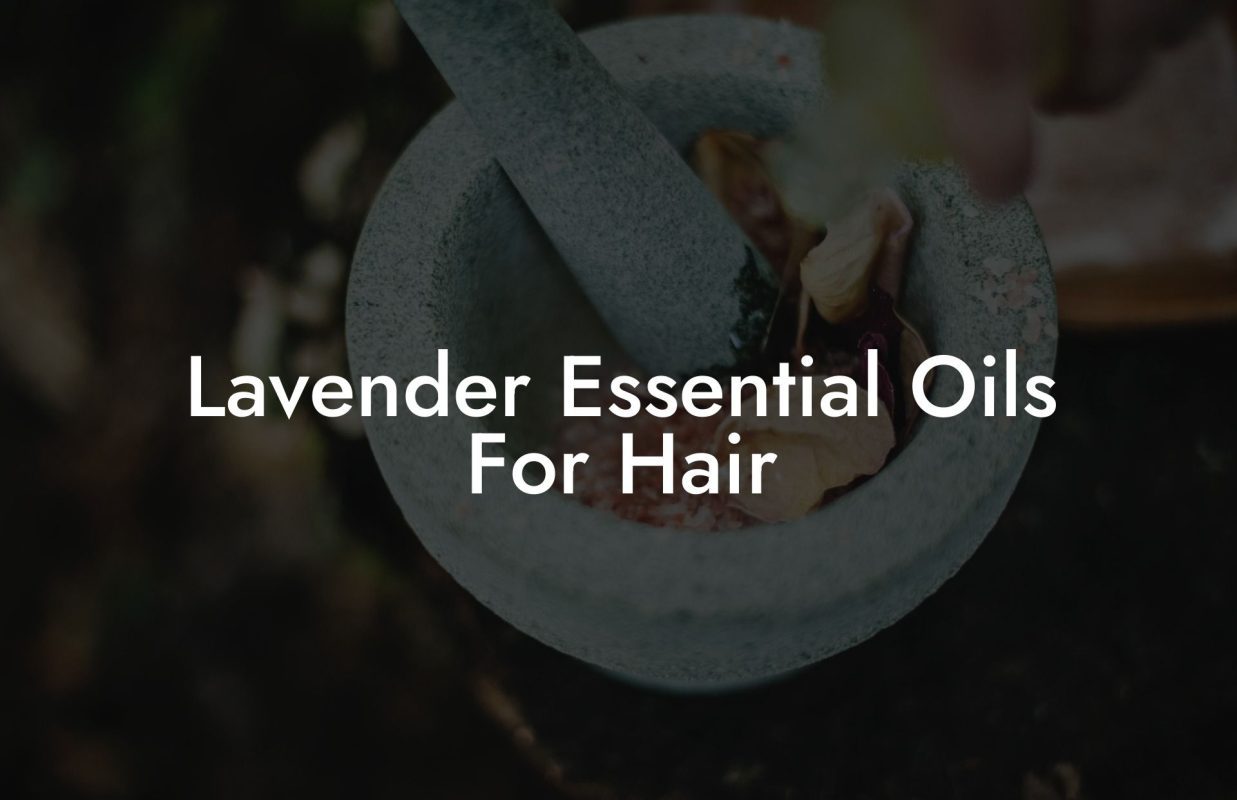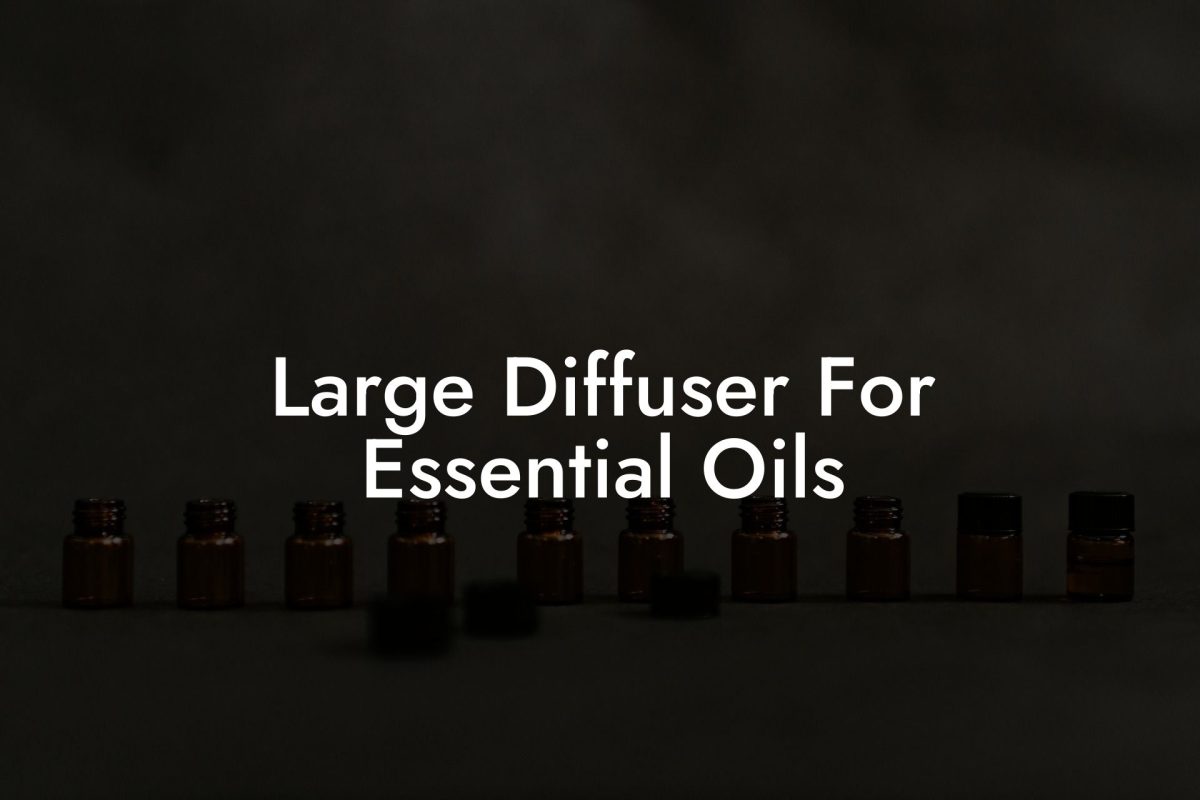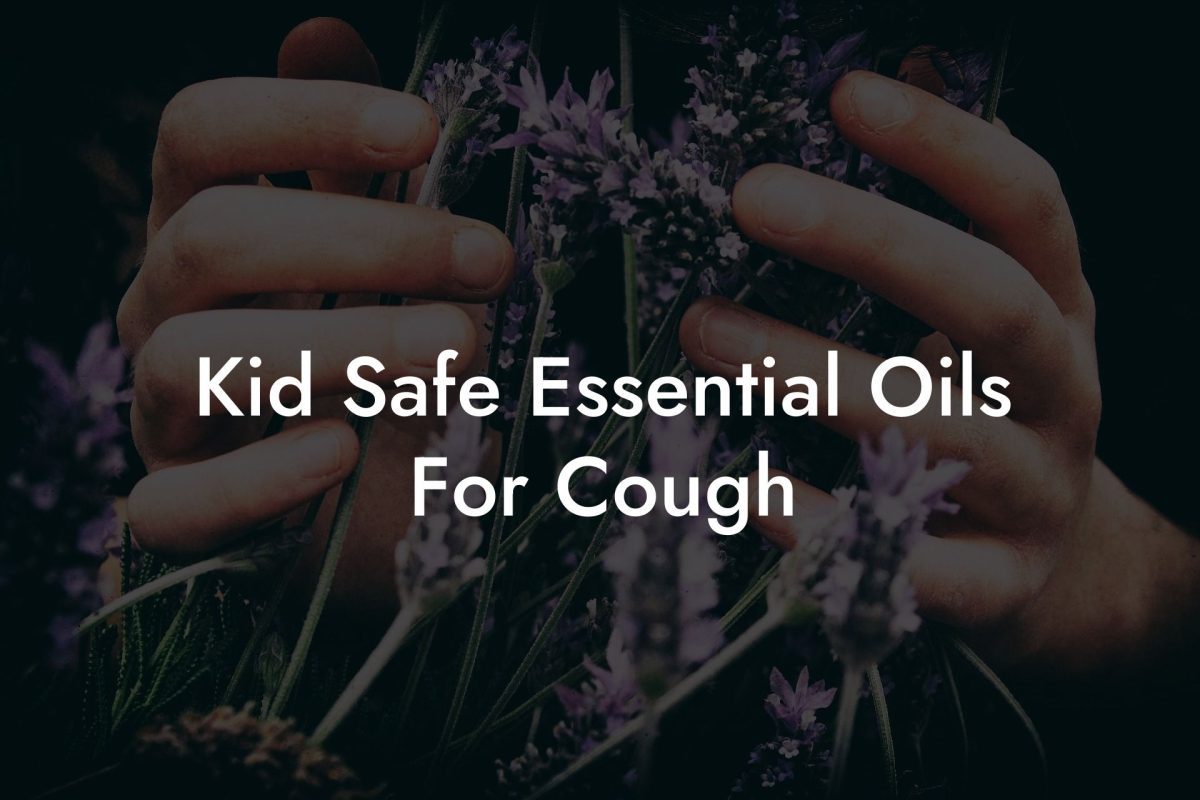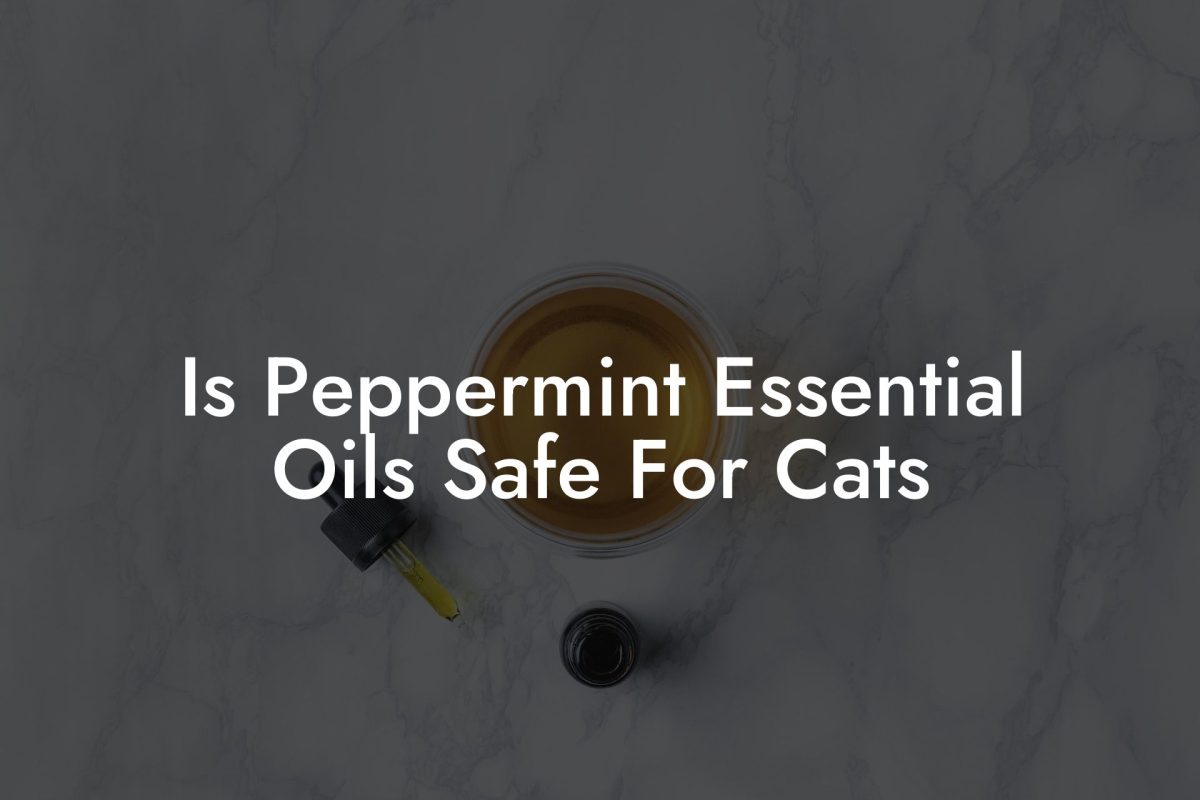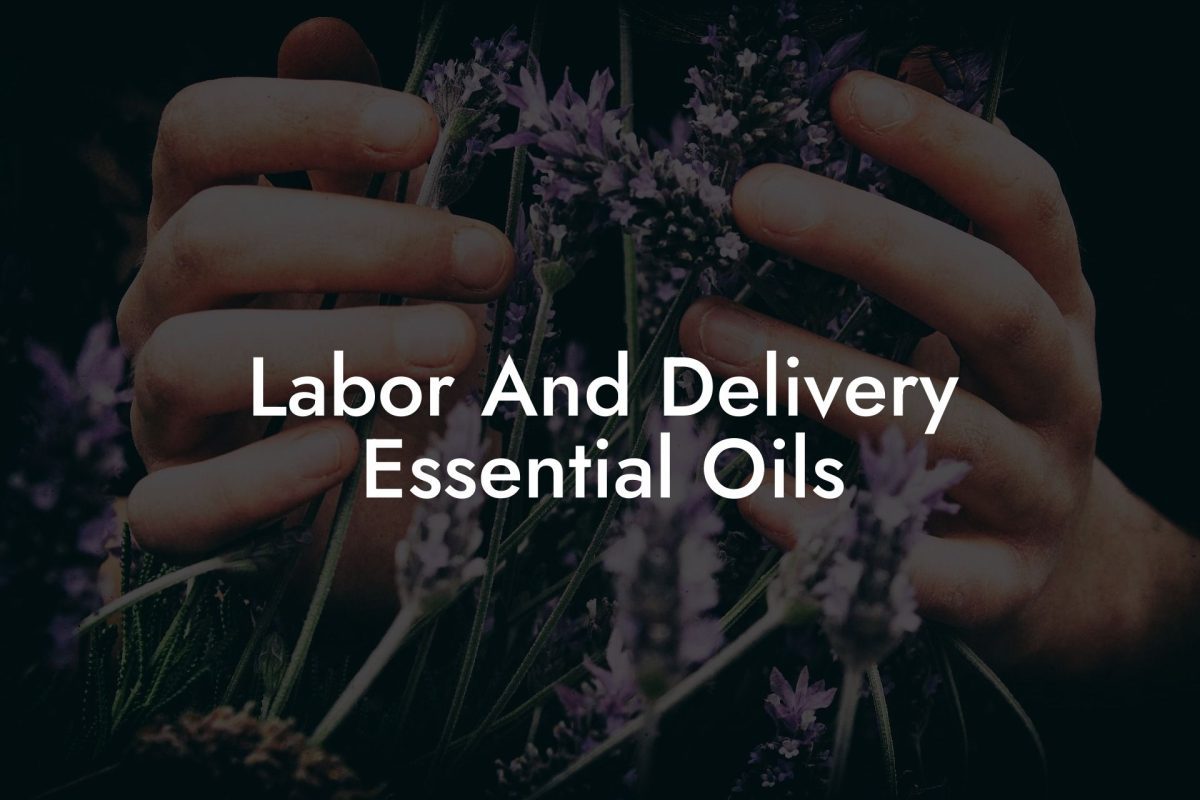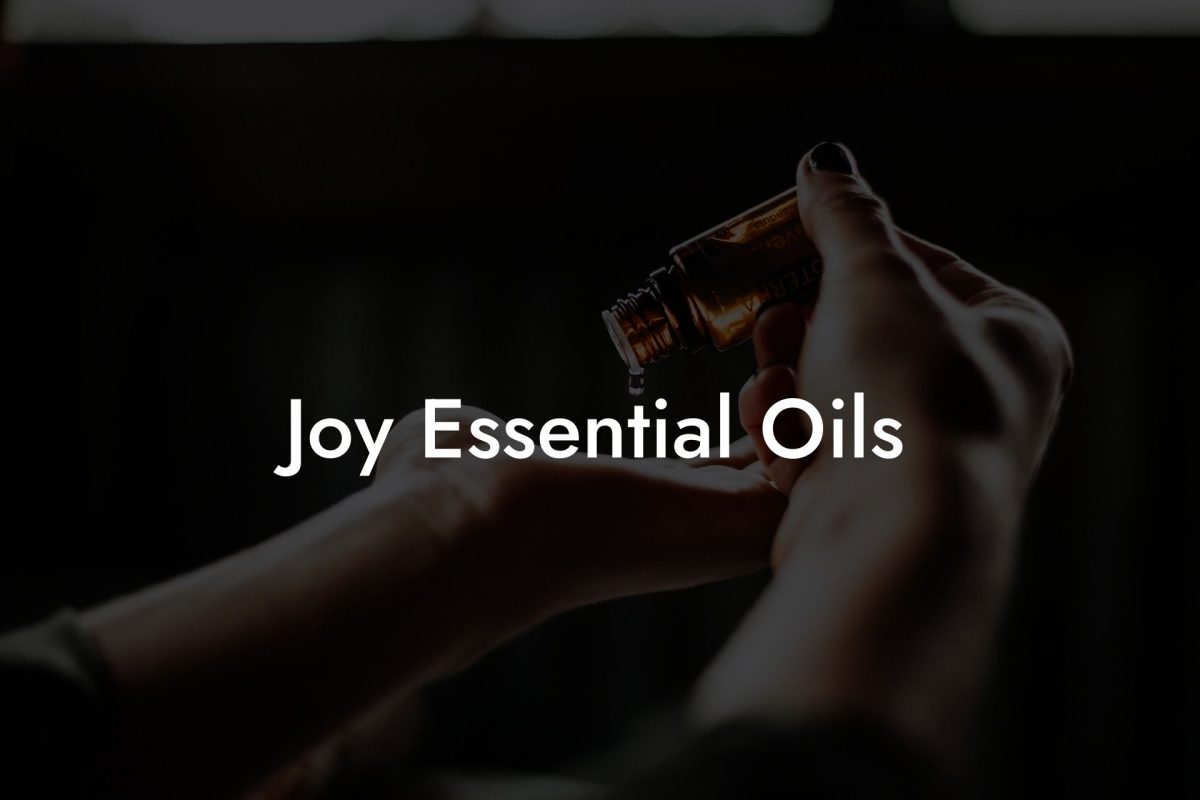Discover the beautiful world of essential oils in this comprehensive Essential Oils Chart. Learn about various essential oils, their benefits, and how to use them to enhance your daily life and wellbeing. Dive into the vibrant world of aromacology and empower yourself with the knowledge to take control of your own health and happiness.
Table of Contents
The Basics of Essential Oils
Essential oils are concentrated fluids containing volatile organic compounds extracted from the flowers, leaves, seeds, bark, roots, and other parts of plants. They have been used for centuries for their various therapeutic properties, such as emotional healing, relaxation, and even for their potential to treat certain health conditions.
How to Use Essential Oils
There are three main methods for using essential oils:
- Aromatherapy: Inhaling the aroma of essential oils can have various effects on your mood, emotions, and overall well-being. You can use a diffuser, add a few drops to a bowl of hot water, or even simply inhale directly from the bottle.
- Topical Application: Essential oils can be absorbed through the skin for localized effects. Always dilute essential oils with a carrier oil (like coconut or almond oil) before applying them to your skin, and perform a patch test to ensure you don’t have an allergic reaction.
- Internal Use: Some essential oils can be ingested in small amounts, but this method should only be done under the guidance of a qualified practitioner. Never consume essential oils without proper guidance and knowledge.
Essential Oils Chart
Below is a chart of various essential oils, their benefits, and suggested uses:
Lavender
- Benefits: Calming, sleep aid, stress relief, skin healing, and pain relief
- Uses: Aromatherapy, topical application, and bath
Peppermint
- Benefits: Energizing, mental clarity, headache relief, and digestion aid
- Uses: Aromatherapy, topical application, and internal use (only under guidance)
Eucalyptus
- Benefits: Respiratory support, immune booster, and anti-inflammatory
- Uses: Aromatherapy, topical application, and steam inhalation
Tea Tree
- Benefits: Antimicrobial, acne treatment, and immune support
- Uses: Topical application and cleaning
Lemon
- Benefits: Uplifting, cleansing, and immune support
- Uses: Aromatherapy, topical application, and cleaning
Rosemary
- Benefits: Mental clarity, energizing, and respiratory support
- Uses: Aromatherapy, topical application, and internal use (only under guidance)
[h3]Chamomile[/h3]
- Benefits: Calming, sleep aid, and anti-inflammatory
- Uses: Aromatherapy, topical application, and bath
Essential Oils Chart Example:
Suppose you’re feeling stressed and anxious after a long day at work. You can create a calming and stress-relieving environment at home by diffusing lavender essential oil in your living room or bedroom. You may also add a few drops of lavender oil to your bath to enhance relaxation further. For a headache or tension, apply a mixture of peppermint essential oil diluted in a carrier oil to your temples and the back of your neck for relief.
Embrace the power of nature and enhance your wellbeing with essential oils. Knowledge is the key to unlocking their potential. Feel free to share this Essential Oils Chart with friends and family, explore other guides on Oshu Oils to deepen your understanding, and experience the transformative effects of our artisanal Oshu Oils range. Discover a world of balance, healing, and rejuvenation.

